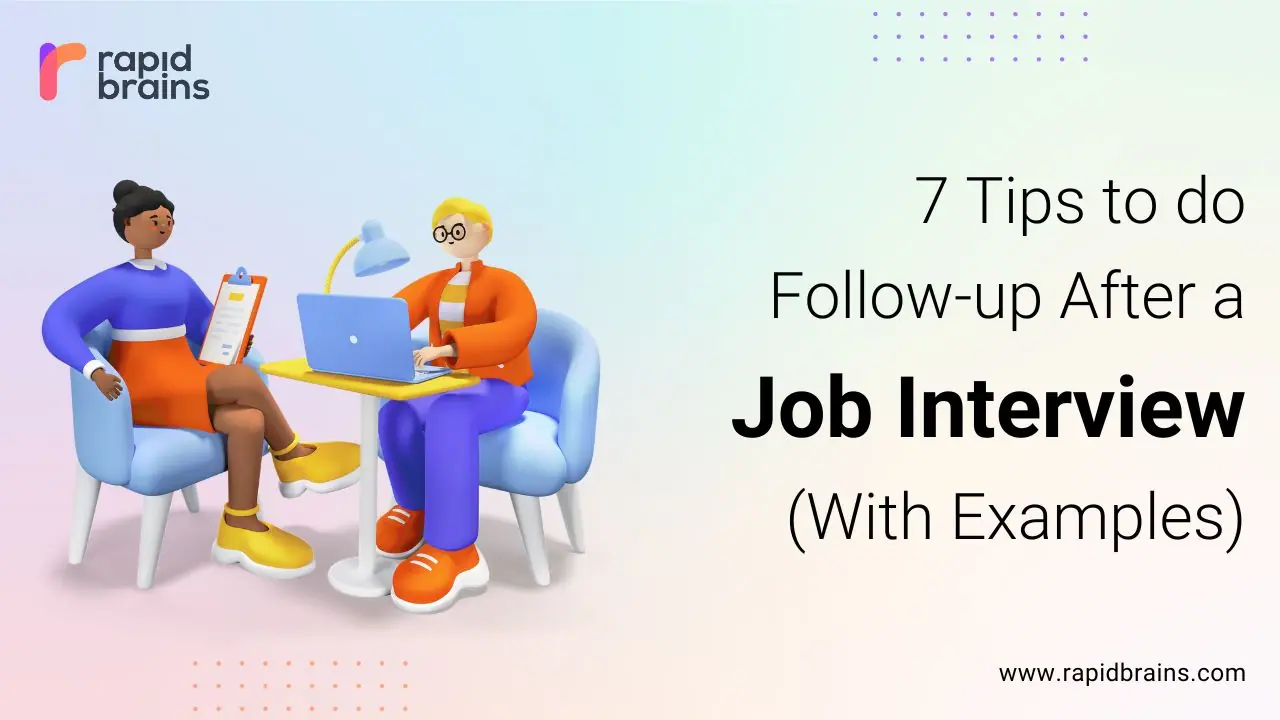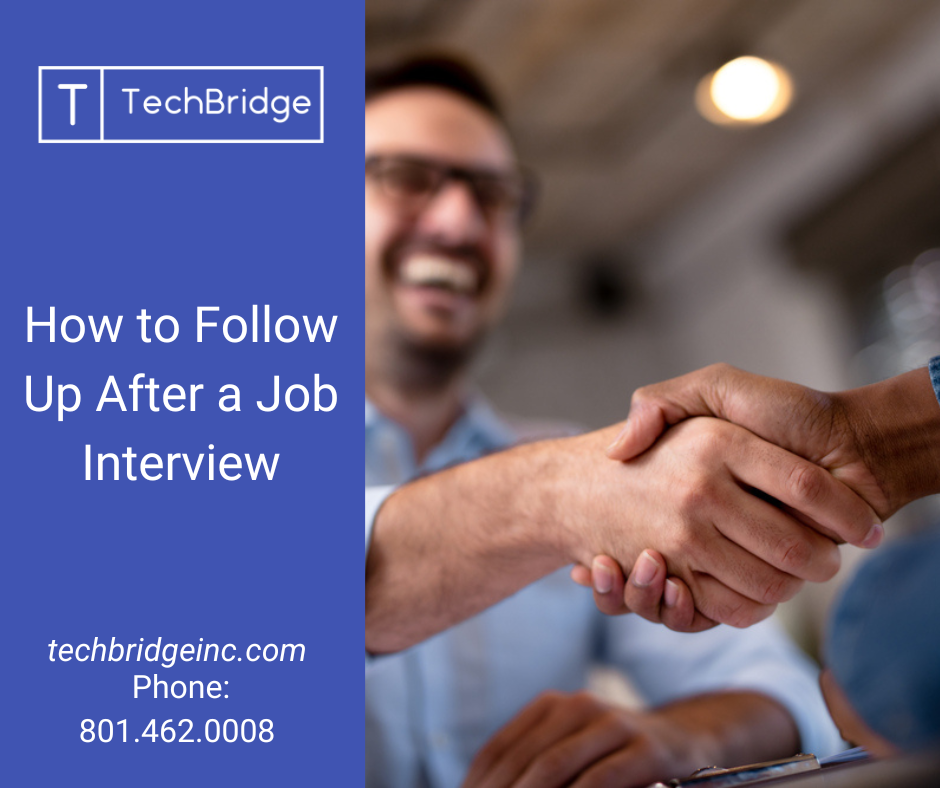As How to Follow Up When You Haven’t Heard Back After an Interview takes center stage, this opening passage beckons readers into a world crafted with good knowledge, ensuring a reading experience that is both absorbing and distinctly original. Understanding the nuances of post-interview communication is paramount in today’s competitive job market, transforming potential silence into an opportunity for engagement and reaffirmation of your candidacy.
This guide is meticulously designed to equip you with the strategies and confidence needed to navigate this critical phase effectively.
We will delve into why a well-timed follow-up is not merely a courtesy but a strategic move that can significantly enhance your job prospects. You’ll discover how to avoid common pitfalls, determine the ideal timing for your outreach, and meticulously craft compelling messages that reiterate your interest and qualifications. Furthermore, we will explore various content strategies for different scenarios, ensuring your follow-up is always relevant and impactful, alongside best practices for maintaining professional etiquette throughout the process.
Finally, we will address what to do when, despite your best efforts, you still haven’t received a response, providing a clear path forward.
Understanding the Importance of a Follow-Up

In the competitive landscape of job searching, the interview is a pivotal moment. However, the process doesn’t conclude when you leave the interviewer’s office. A strategic follow-up is an essential, often overlooked, step that can significantly influence the outcome of your job application. It demonstrates your continued interest, professionalism, and commitment, setting you apart from other candidates.Failing to follow up can leave a lasting impression of disinterest or a lack of initiative.
Conversely, a well-executed follow-up can reinforce your qualifications, address any lingering questions the hiring manager might have, and remind them of your suitability for the role. This proactive approach is a key differentiator in a crowded applicant pool.
Demonstrating Continued Interest and Enthusiasm
A follow-up message is a direct way to reiterate your enthusiasm for the position and the company. It signals that you are not just passively waiting for a response but are actively engaged and eager to join their team. This proactive engagement can be particularly impactful when hiring managers are weighing multiple qualified candidates.The benefits of a well-timed follow-up extend beyond simply expressing interest.
It provides an opportunity to:
- Reinforce key skills and experiences discussed during the interview.
- Address any points you may have forgotten to mention or elaborate on.
- Showcase your communication skills and attention to detail.
- Gather additional information about the next steps in the hiring process.
- Subtly remind the interviewer of your candidacy, especially if they are managing a large volume of applications.
Common Candidate Mistakes in Follow-Up
Many candidates inadvertently harm their chances by making common errors when it comes to following up. These mistakes can range from sending messages too frequently to neglecting the follow-up entirely. Understanding these pitfalls is crucial for crafting an effective post-interview strategy.The most prevalent mistakes include:
- Not following up at all: This is the most significant error, as it forfeits the opportunity to reinforce your interest and qualifications. Many candidates assume the interviewer will reach out if they are interested, leading to missed opportunities.
- Following up too soon or too frequently: Bombarding the hiring manager with messages before the agreed-upon timeframe can appear desperate or pushy, creating a negative impression.
- Sending generic or impersonal messages: A follow-up that doesn’t reference specific aspects of the interview or the company shows a lack of genuine engagement.
- Failing to proofread: Typos and grammatical errors in a follow-up message can undermine your professionalism and attention to detail.
- Being demanding or impatient: A follow-up should be polite and professional, not an ultimatum or a complaint about the lack of response.
Timing Your Follow-Up

The opportune moment to send a follow-up email after an interview is a crucial element in demonstrating your continued interest and professionalism. Sending it too soon might appear overly eager, while waiting too long could suggest a lack of enthusiasm or that you’ve moved on. Therefore, understanding the ideal timeframe is essential for maximizing the impact of your follow-up.Several factors can influence the optimal timing for your follow-up communication.
These considerations help tailor your approach to the specific context of the interview and the organization.
Optimal Follow-Up Timeframe
Generally, the most effective time to send a follow-up email is within 24 to 48 hours after your interview. This window allows you to convey your continued interest shortly after the conversation, keeping you fresh in the interviewer’s mind, without appearing impatient.
Factors Influencing Follow-Up Timing
The ideal timing for your follow-up can be adjusted based on specific circumstances. Being mindful of these factors ensures your communication is both timely and appropriate.
- Interviewer’s Stated Timeline: If the interviewer provided a specific timeline for when you can expect to hear back, adhere to it. If they said they would be in touch by the end of the week, wait until the following Monday or Tuesday to follow up if you haven’t heard anything.
- Industry Norms: Some industries, particularly fast-paced ones like tech or sales, might have quicker hiring processes, making a 24-hour follow-up more acceptable. In more traditional or bureaucratic sectors, a 48-hour to three-day window might be more appropriate.
- Company Culture: Researching the company’s culture can offer clues. A highly structured company might prefer a more formal, slightly later follow-up, while a more casual startup might appreciate a prompt, enthusiastic message.
- Day of the Week of the Interview: If your interview was on a Friday, it’s generally best to wait until Monday or Tuesday of the following week to send your follow-up. This avoids your email getting lost in weekend or end-of-week administrative tasks.
Sample Follow-Up Timeline
To provide a clearer understanding of when to send your follow-up, consider this illustrative timeline. This structure accounts for common interview scenarios and allows for flexibility based on the factors mentioned above.
| Scenario | Interview Day | Recommended Follow-Up Time | Notes |
|---|---|---|---|
| Standard Interview | Monday – Wednesday | 24-48 hours after the interview (e.g., Wednesday afternoon if interviewed Tuesday) | Allows for promptness without appearing too eager. |
| Late Week Interview | Thursday – Friday | Monday or Tuesday of the following week | Avoids the email getting buried in weekend or end-of-week communications. |
| Interviewer Provided Timeline | Any day | The day after the stated timeline has passed without contact | Respects their process and shows you are attentive to their communication. |
Alternative Follow-Up Methods

While email is often the go-to for post-interview communication, there are instances where exploring alternative methods can enhance your follow-up strategy. Understanding the nuances of each approach allows you to select the most effective channel for your specific situation and the company culture.Different follow-up methods offer varying levels of immediacy, formality, and personal connection. Choosing the right one can make a significant difference in how your message is received and whether it achieves its intended purpose of keeping your candidacy top-of-mind.
Phone Call Follow-Ups
A phone call can be a powerful tool for follow-up, particularly when you want to convey a sense of urgency, add a personal touch, or when you have a specific, concise question or update. It allows for immediate interaction and can help gauge the interviewer’s tone and receptiveness. However, it’s crucial to be prepared and respectful of their time.The appropriateness of a phone call depends heavily on the company’s culture and the nature of your interview.
For roles in highly communicative industries or companies known for direct interaction, a well-timed call might be welcomed. Conversely, in more formal or hierarchical environments, it could be perceived as intrusive.
- When to Consider a Phone Call:
- If you were explicitly told to expect a call within a certain timeframe and that timeframe has passed.
- To briefly express continued enthusiasm or to provide a critical, time-sensitive update (e.g., accepting another offer).
- If you have a very specific, quick question that would be better addressed verbally.
- Preparation is Key:
- Know who you are calling and have their direct line or extension if possible.
- Prepare a brief, clear script that reiterates your interest and the purpose of your call.
- Be mindful of peak business hours and avoid calling during lunch breaks.
- Have your resume and key talking points readily available in case they wish to discuss them further.
Email vs. Phone Follow-Ups
Both email and phone calls have distinct advantages and disadvantages when it comes to following up after an interview. The choice between them often hinges on the desired level of formality, the urgency of your message, and your assessment of the interviewer’s communication preferences.Email offers a documented record of your communication and allows the recipient to respond at their convenience.
Phone calls, on the other hand, provide an immediate, personal connection that can sometimes cut through the noise of an overflowing inbox.
| Method | Pros | Cons |
|---|---|---|
| – Provides a written record. – Allows the recipient to respond at their convenience. – Less intrusive than a phone call. – Easy to attach relevant documents. |
– Can get lost in a busy inbox. – Lacks the personal touch of a voice conversation. – May lead to delayed responses. |
|
| Phone Call | – Offers immediate interaction. – Conveys enthusiasm and personal interest. – Can help gauge receptiveness. – Useful for urgent matters. |
– Can be perceived as intrusive if not timed well. – Requires the recipient to be available. – Lacks a written record unless followed up with an email. – Requires confidence and clear articulation. |
LinkedIn Messaging for Follow-Ups
LinkedIn messaging can be a suitable follow-up method, especially if you have already connected with the interviewer on the platform or if it aligns with the company’s professional networking culture. It offers a professional yet less formal avenue than a direct email, and it can be particularly effective for reinforcing your connection and demonstrating your engagement with the industry.It’s important to gauge the interviewer’s LinkedIn activity and their general communication style before opting for this method.
If they are active on the platform and engage with their network, a LinkedIn message might be well-received.
- When LinkedIn Messaging is Appropriate:
- If you have already established a professional connection with the interviewer on LinkedIn.
- For companies where LinkedIn is a primary mode of professional communication.
- To share a relevant article or industry insight that reinforces your interest in the role or company.
- As a brief, polite check-in if you have a strong rapport with the interviewer.
- Best Practices for LinkedIn Follow-Ups:
- Keep your message concise and professional.
- Personalize the message by referencing your interview or a shared connection.
- Avoid sending generic connection requests or messages.
- Do not use LinkedIn messaging as a substitute for a formal thank-you email unless explicitly indicated by the interviewer.
Final Summary

In conclusion, mastering the art of following up after an interview when you haven’t heard back is an essential skill that can significantly influence the outcome of your job search. By understanding the importance of this step, timing your outreach judiciously, and crafting professional, engaging communications, you can effectively keep your candidacy top-of-mind. Remember to adapt your approach based on the specific situation and maintain a professional demeanor, even if you don’t receive the desired response.
Ultimately, this process is not just about securing a job but also about demonstrating your professionalism, persistence, and genuine interest, valuable qualities in any career endeavor.